- Tanzania
- Things to do in Arusha
- Arusha Declaration Museum
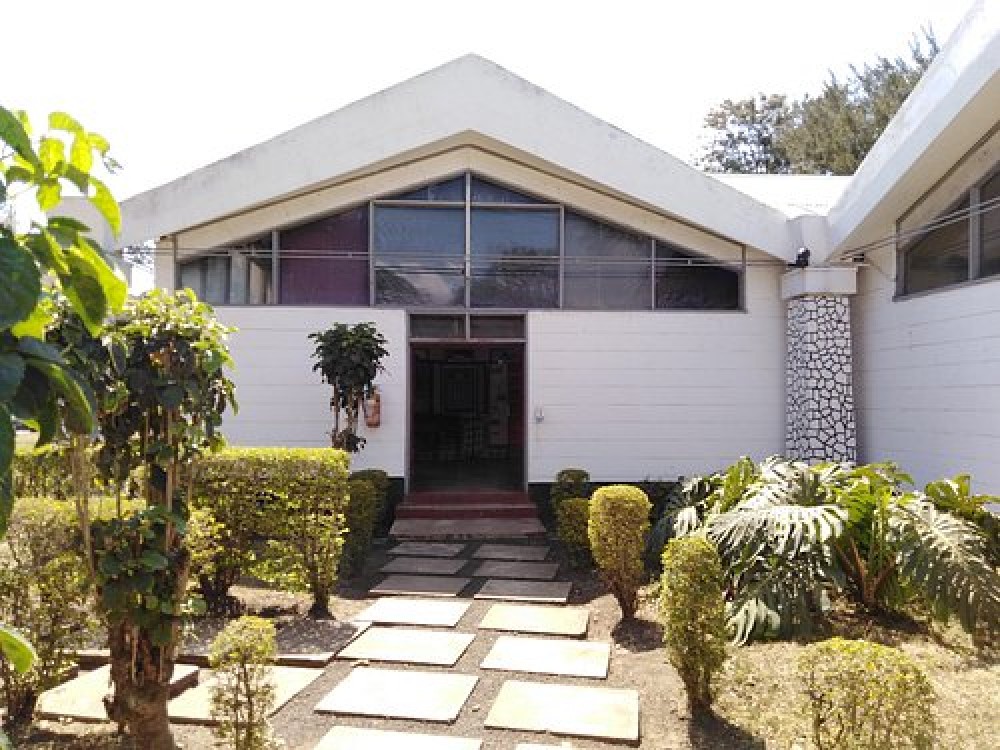
Arusha Declaration Museum
The Arusha Declaration Museum, located in the heart of Arusha, Tanzania, is a historic site that commemorates the 1967 Arusha Declaration, a pivotal moment in Tanzania's history. The museum is housed in the former presidential residence and showcases the life and legacy of Tanzania's first president, Julius Nyerere, and his vision for a self-reliant nation. The museum offers visitors an insight into the political and social transformation that shaped modern Tanzania, with a focus on Nyerere's policies, the role of the Arusha Declaration in shaping the country’s socialist approach, and its influence on Africa’s post-colonial development.
Arusha Declaration Museum Tours & Excursions
Arusha Guided Walking City Tour Small Group in the City
€22.00
starts from
The Basics
The Arusha Declaration Museum provides a fascinating glimpse into Tanzania's struggle for independence and the vision of President Julius Nyerere. The museum's exhibits cover a wide range of topics, including the history of Tanzania's independence, the development of the country's socialist policies, and the impact of the Arusha Declaration on national unity and economic self-sufficiency. The museum also features personal artifacts of Julius Nyerere, documents, photographs, and a variety of historical objects that help illustrate the changes Tanzania underwent during the post-colonial period. The museum is a key site for those interested in African political history, particularly in the context of Tanzania’s unique socialist experiment.
Things to Know Before You Go
When visiting the Arusha Declaration Museum, it’s helpful to have an interest in Tanzanian history, as the exhibits delve deeply into the political and economic changes that defined the country in the mid-20th century. The museum is relatively small, so it can be explored in about an hour or two. It's advisable to take a guided tour to gain a deeper understanding of the significance of the exhibits and the Arusha Declaration itself. The museum is open during regular hours, but it’s always a good idea to check for any special events or closures before planning your visit. There is a small entrance fee, and donations to support the museum are welcomed.
How to Get There
The Arusha Declaration Museum is located centrally in Arusha, making it easy to reach by car, taxi, or on foot from most accommodations in the city. The museum is situated near the Clock Tower, a well-known landmark in Arusha, which makes it easy to find. For those staying in central Arusha, the museum is a short walk or taxi ride away. If you're part of a guided tour, the museum is often included in the itinerary of historical or cultural tours around the city, providing context to the other landmarks you may visit.
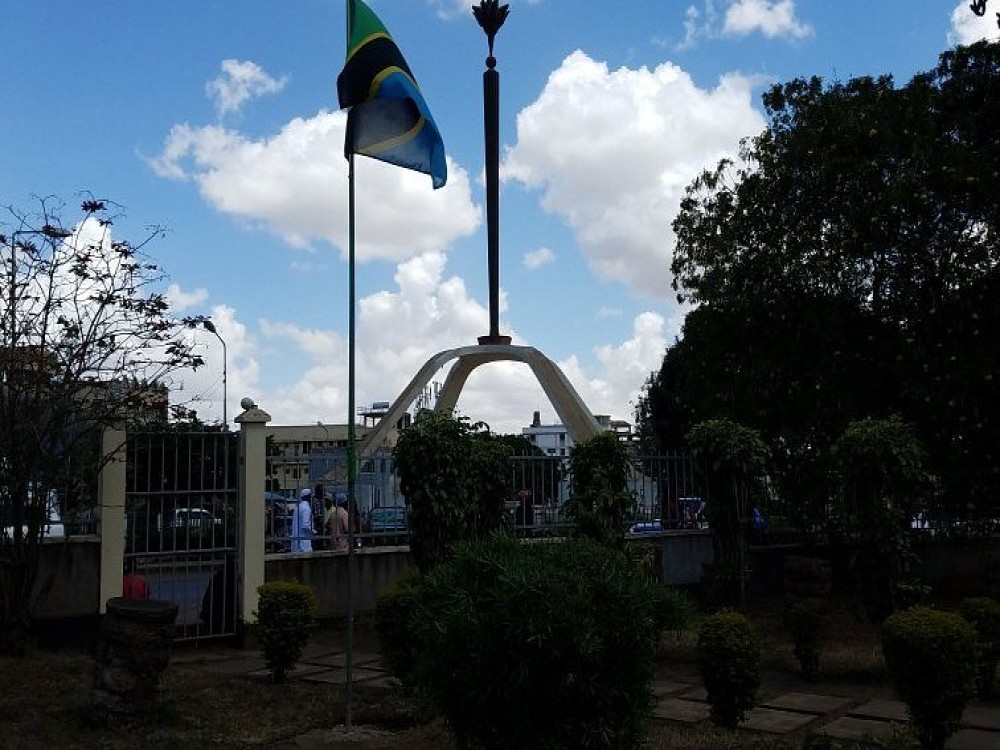
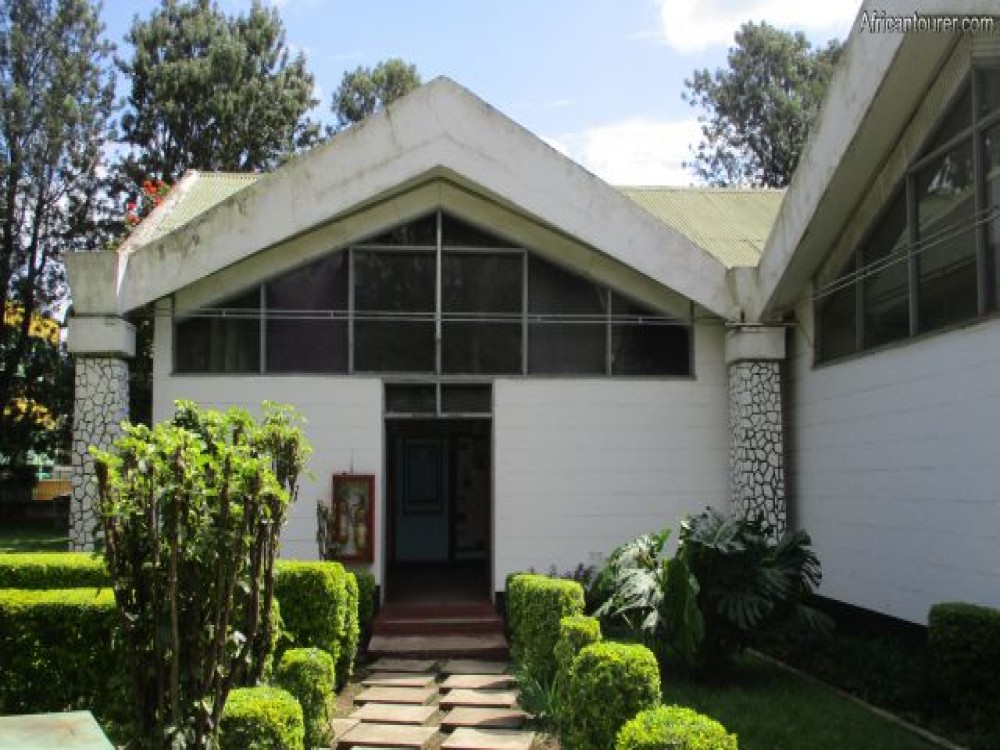

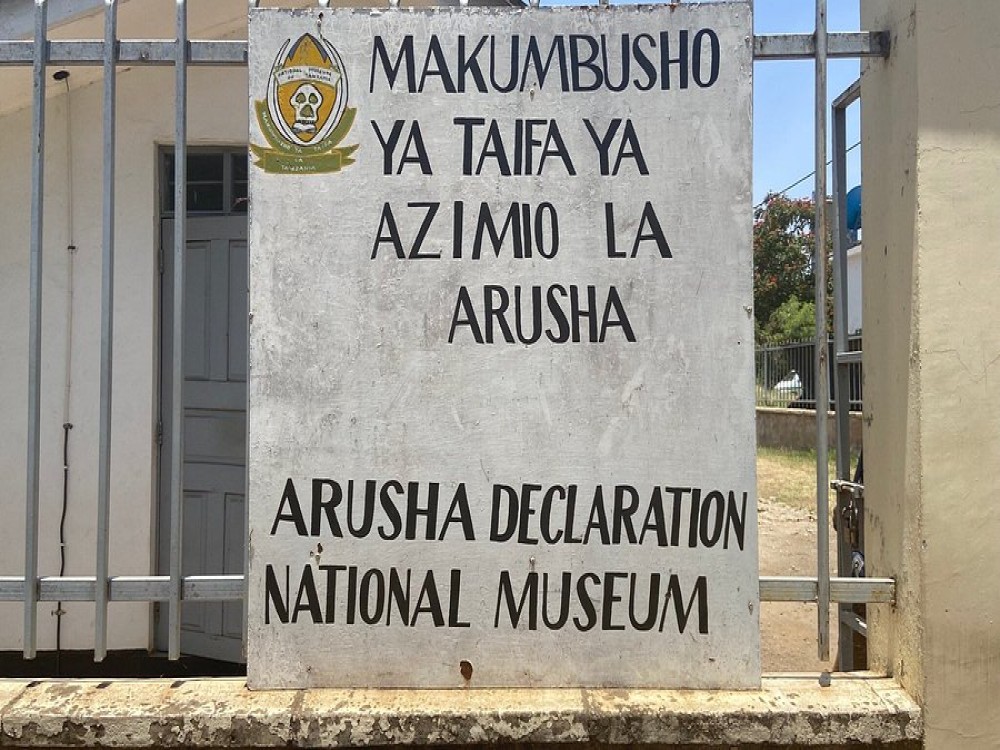
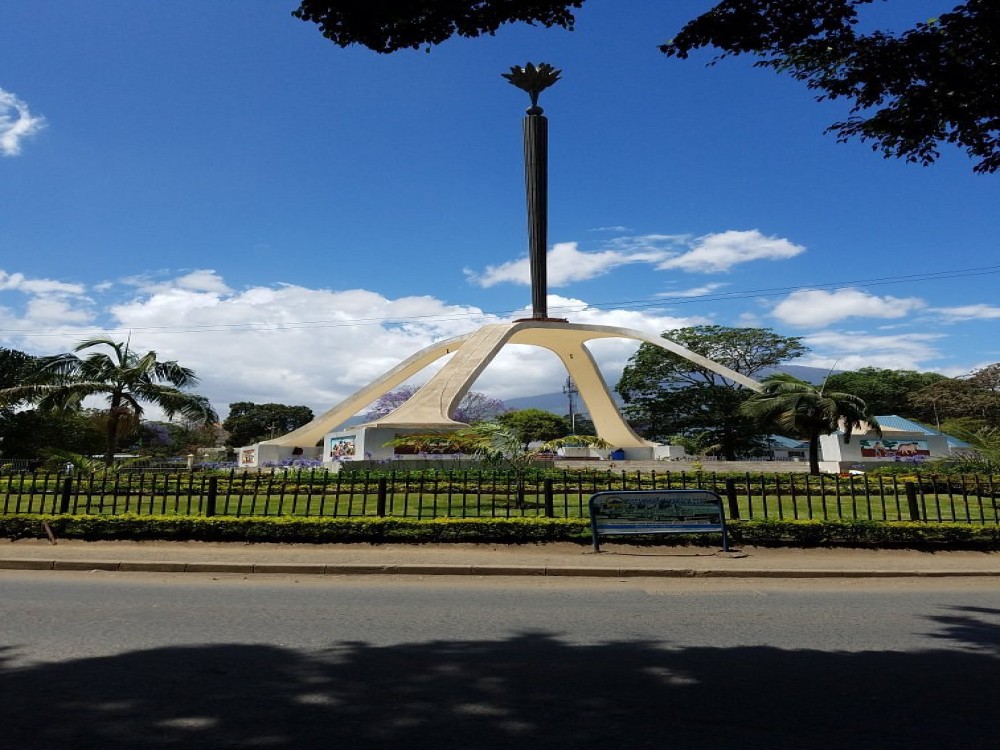
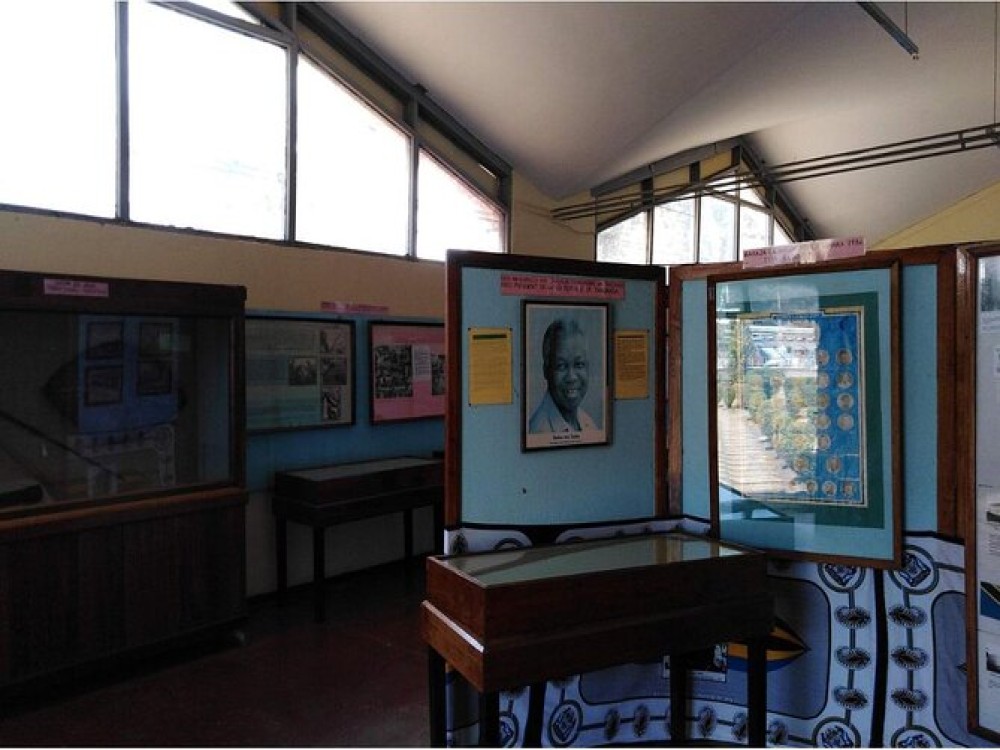
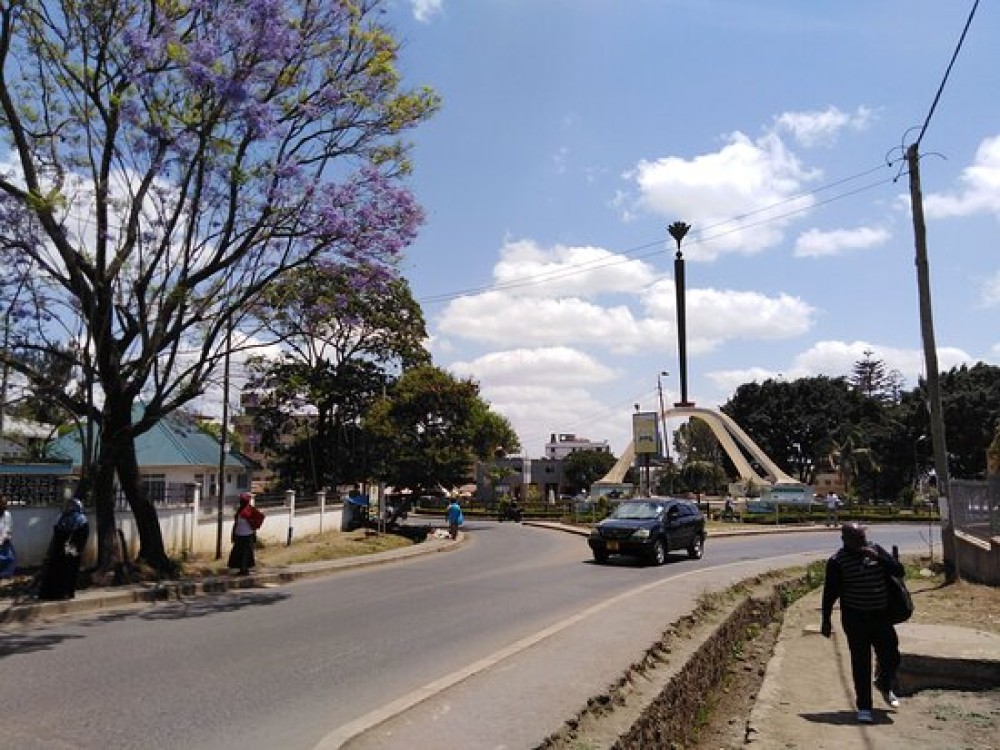
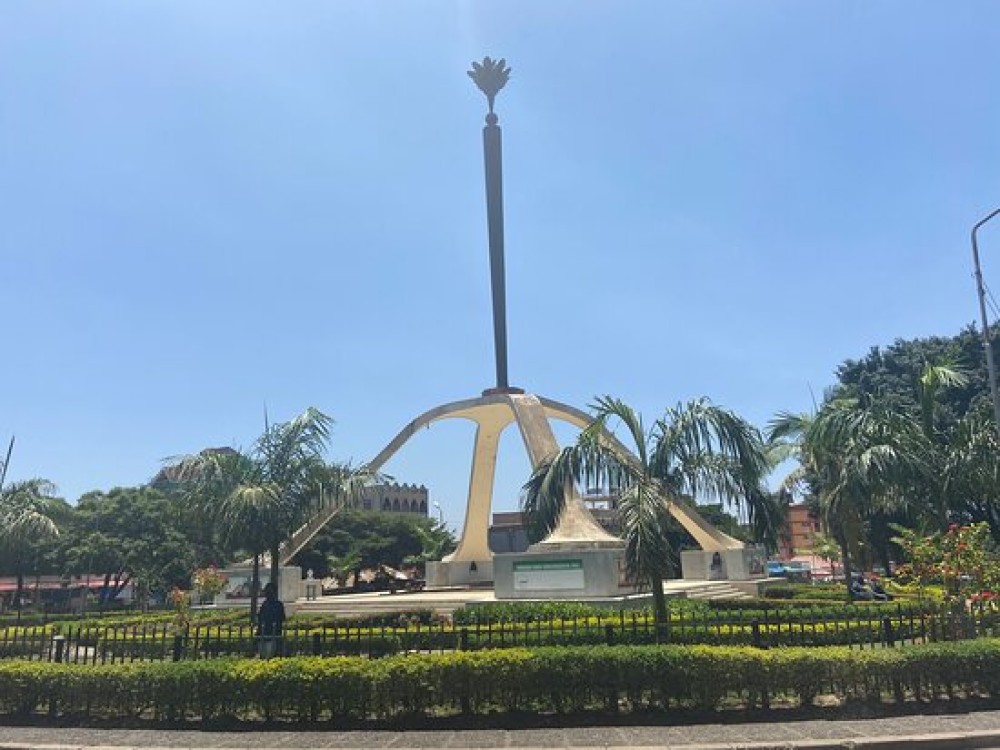
When to Get There
The Arusha Declaration Museum is open year-round, and there is no specific time that's better for a visit. However, if you’re interested in avoiding larger crowds, consider visiting in the early morning or on weekdays. The dry season (June to October) is the most pleasant time to visit, as the weather is clear and cool, making it comfortable for walking around the museum and the surrounding area. The wet season (November to May) may bring heavier rain, but it still remains a good time to visit for those seeking a quieter experience, as there are fewer tourists during this period.
Day Trips from Arusha
The Arusha Declaration Museum makes for a great half-day or full-day trip in Arusha, especially for those interested in learning about Tanzania’s political history. Visitors can combine a tour of the museum with visits to other nearby cultural attractions, such as the Maasai Market or the Arusha Cultural Heritage Centre. The museum provides an opportunity to reflect on Tanzania’s post-independence journey, while nearby markets and local art centers offer a chance to experience the modern culture of the city. Whether you’re exploring the city’s historical significance or simply want to learn more about Tanzania’s legacy, the Arusha Declaration Museum is a key stop on any cultural itinerary.
Copyright © 2025 All Rights Reserved



